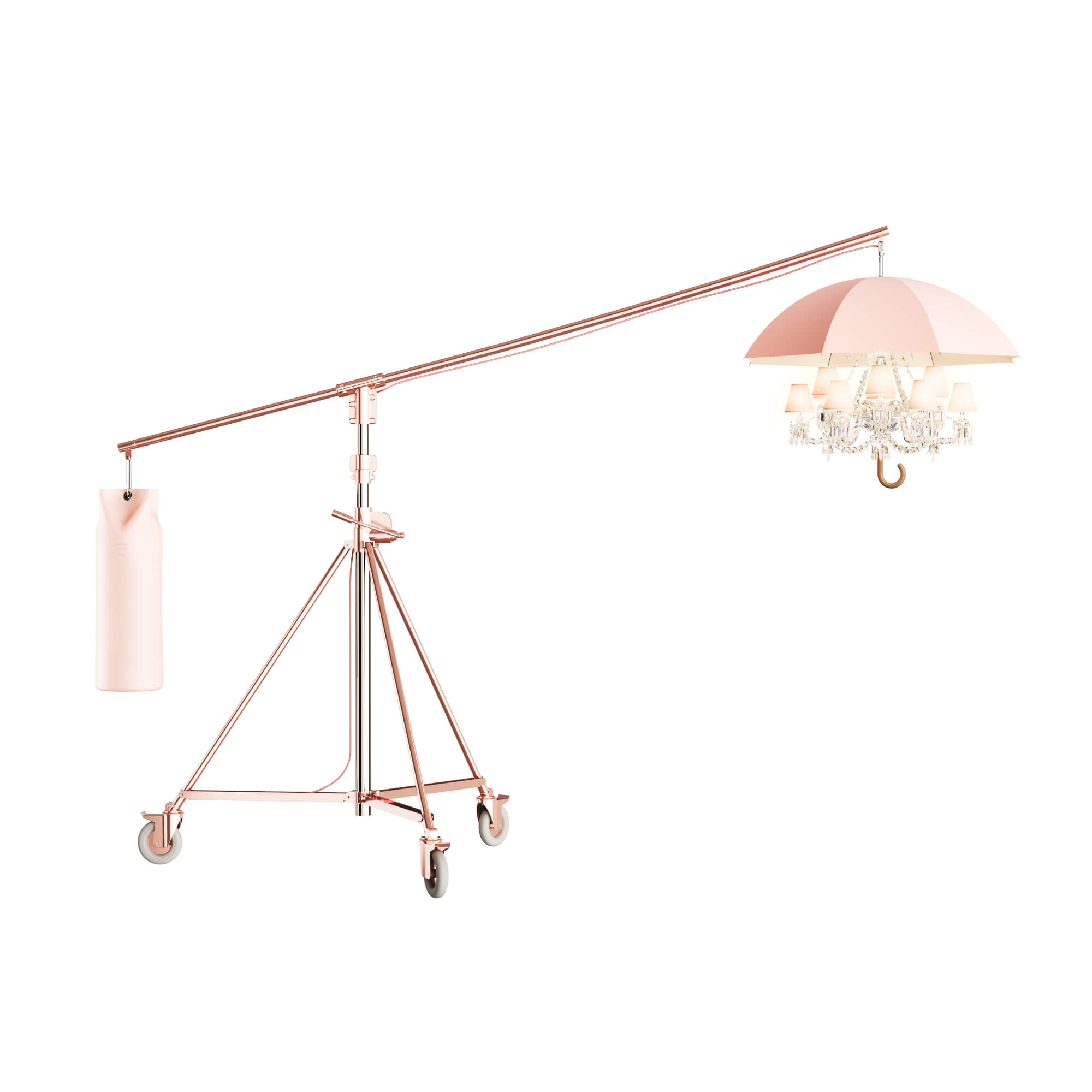Dieter Rams is a revolutionary industrial designer who has essentially created the standards for the industrial design industry. Having previously worked at Braun as the design director for over 30 years, Braun has excessive experience creating the designs for Braun but it is also speculated that he left Braun because every design is being repeated, causing waste and defying his theory of products being long-lasting. Rams discusses the 10 principles of good design which are the following.
- Good design is innovative
- Good design makes a product useful
- Good design is aesthetic
- Good design makes a product understandable
- Good design is unobtrusive
- Good design is honest
- Good design is long-lasting
- Good design is thorough down to the last detail
- Good design is environmentally-friendly
- Good design is as little design as possible
It is when these 10 principles are considered and met that good design exists where the most critical to Rams might be the factor of being long-lasting.
If we consider Starck in relation to the theories, Starck makes a lot of interesting designs that follow most of the theories except that it’s not as little design as possible and that it may not be long-lasting/environmentally-friendly. I feel that if we consider the lamp that he designed, it truly isn’t something that appears to be minimalistic in design. There’s a lot to the design that isn’t even necessary such as the crystals on the lamp. If we consider the product in terms of understandability, I would argue that it lacks intuitiveness. People do not understand exactly how to use the lamp when they see it which is the problem. If we consider that the product isn’t even good intuitively, it could be argued that the product doesn’t fulfill a true need of users to be useful, hence the production of it could be considered as not being environmentally-friendly, despite having innovation in the aesthetic aspect of the product.

If we consider Dyson in relation to Rams, I would argue that Dyson fulfills more of the principles of Rams for the same product of a lamp. When we view the functionality or features of this product, It’s meant to provide accessibility to the user in terms of how they use it, but also provide sustainability within this product. This could be understood by the design theory of Dyson to make this last 60 years which is more than half a lifetime in most cases. When a product is made to be minimalistic in design while still fulfilling user needs of rearranging the lights for viewing, it can be argued that it fulfills the principles of good design. Even the lighting of the lamp is designed in a way that is meant to have the user experience light in a natural way, showing the designing of products to the smallest details. Therefore, if I were to consider both Dyson and Starck in relation to how they design while noting the principles of good design, I would say that the two differ in their intention of design. While both are innovative and provide amazing design, what makes Dyson stand out is his vision of clarity and purpose within his designs. All of his designs are meant to solve issues for the long term, not be something that fulfills functions for a short while.

Lastly, if I were to consider something designed that is a good example of a good design, I would consider my eco-friendly utensil kit. Being made of recycled plastic, it is something that I can bring around without too much of a hassle. I can use it to fulfill my eating needs and everything can be stored back to one area for when I eat. I guess this is something that does have good intention behind it which fuels the determination of it to be good design.
Leave a Reply